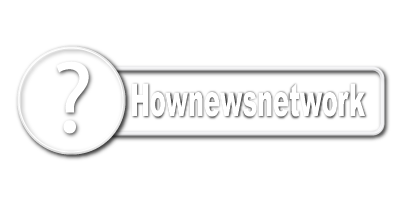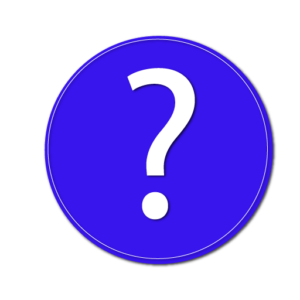Borax, also known as sodium borate, is a mineral and salt of boric acid commonly found in many household and industrial products. The term “Borax DM” often surfaces in discussions about its diverse applications and safety considerations. This article will explore what Borax DM refers to, its uses, safety concerns, and regulatory status.
What is Borax?
Borax is a naturally occurring mineral composed of sodium, boron, oxygen, and water. It has been used for over a century as a multi-purpose cleaner, antifungal agent, and fire retardant, among other uses. Its versatility makes it a staple in many industries, including manufacturing, pharmaceuticals, and consumer goods.
The “DM” in Borax DM
The “DM” in Borax DM is not a standard industry acronym directly related to borax and seems to be a less common term. It could be part of a product name or a specific formulation involving borax for certain applications. Without specific context, the meaning of “DM” remains unclear, but the discussion will focus on the general uses and importance of borax.
Common Uses of Borax
Household Cleaning: Borax is known for its cleaning properties. It is used in laundry detergents, dishwashing products, and general household cleaners for its ability to soften water, enhance cleaning efficiency, and remove tough stains.
Pest Control: Borax is effective in controlling pests like ants and cockroaches. It is often mixed with sweeteners to attract pests, which ingest the borax and die from its toxic effects.
pH Buffer: In swimming pools and cosmetics, borax serves as a pH buffer, helping maintain stability in water and cosmetic products.
Fungicide and Herbicide: Borax is used as a fungicide in agriculture and as an herbicide for controlling invasive plant species like ground ivy.
Safety and Environmental Impact
While borax is generally considered safe for widespread use, it must be handled with care. Direct contact with the compound can cause skin irritation, and ingestion of large amounts can be harmful. It is essential to use borax according to guidelines and keep it out of reach of children and pets.
The environmental impact of borax is relatively low compared to many synthetic chemicals. It does not accumulate in the environment and breaks down into boron, which is a micronutrient for plants. However, excessive use can lead to higher concentrations, potentially harming plant growth.
Regulatory Status
In the United States, the Environmental Protection Agency (EPA) regulates borax under various statutes depending on its use. It is approved for use in numerous consumer products as long as it adheres to safety guidelines. However, the European Union has classified borax as a “Substance of Very High Concern” due to its potential reproductive toxicity, restricting its use in foods and children’s toys.
Conclusion
Borax, or sodium borate, remains a useful and versatile compound in many applications from household cleaning to pest control. While “Borax DM” as a term might not be widely recognized, the importance of borax in various forms is well-established. Understanding the safe use and handling of borax can help maximize its benefits while minimizing potential risks. As with any chemical, responsible use is key to its integration into daily life and industrial applications.











